
Something unusual is happening in the credit card world this fall. A change is coming that could affect thousands of cardholders who’ve grown used to paying a hefty, but steady price for a premium product.
For nearly a decade, the card has been a favorite of frequent travelers and reward seekers. Now, a single announcement is forcing many to pause and reconsider whether the benefits are truly worth the cost.
People are talking online, comparing notes, and asking the same question: is the card still the deal it once was?
A Trusted Name in Premium Cards

Since its launch in 2016, the Chase Sapphire Reserve has been one of the most recognizable premium credit cards in the U.S.
Known for airport lounge access, flexible travel credits, and elevated reward rates, it quickly built a loyal following. For years, its annual fee remained relatively stable, with only one major change back in 2020.
The Stability That Built Confidence

For many cardholders, the appeal wasn’t only in perks: it was also the predictability. A fee increase in 2020 brought the annual cost to $550, where it stayed.
Compared to competitors like American Express, Chase’s restraint signaled reliability. That long stability made this fall’s announcement stand out as one of the most significant shifts in years.
The Announcement
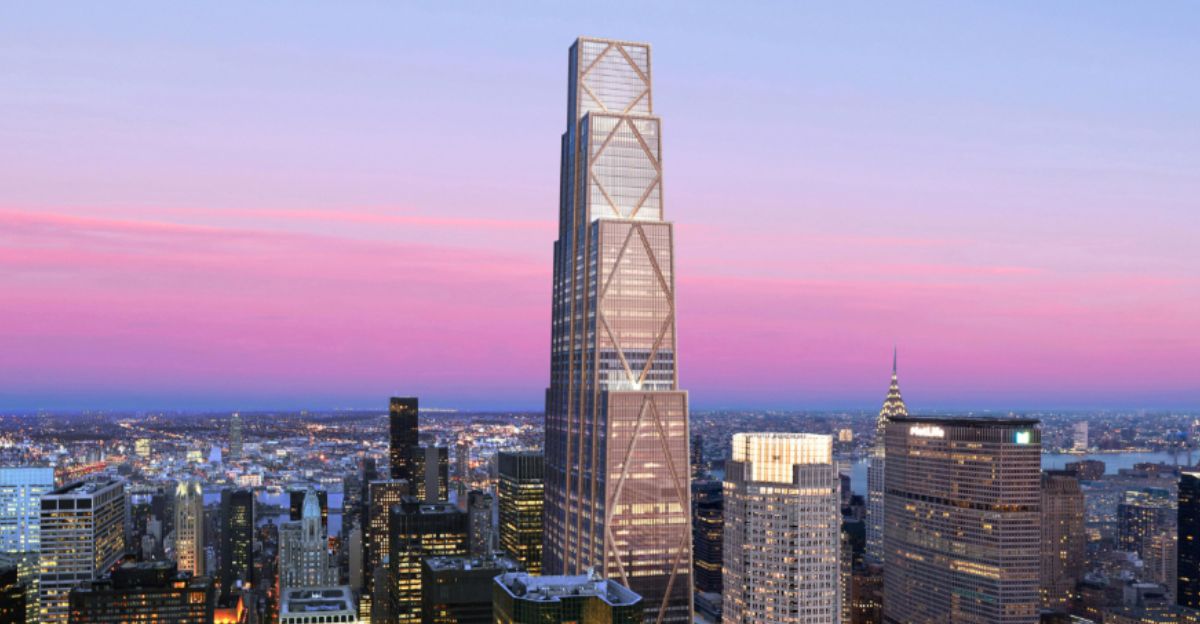
On October 26, 2025, JPMorgan Chase will raise the Sapphire Reserve’s annual fee from $550 to $795 for existing cardholders.
Customers who joined after June 23 already face the new rate. This is the first increase in five years and represents a 45% jump. For many, it feels like a tipping point in premium card pricing.
A $245 Question

The $245 hike is more than just a number: it’s the difference between keeping the card or walking away for many customers.
Families who add authorized users could see their total annual cost rise by nearly $500, since extra users now cost $195 each instead of $75. The decision suddenly carries a much higher price tag.
Why Chase Says It’s Worth It

Chase argues the increase reflects a redesigned package of benefits. Executives point to new travel and dining credits, higher reward multipliers, and expanded redemption value.
The company insists the overhaul creates more value than the extra $245 outlay, positioning the card as competitive, even at one of the highest price points in the market.
The New $500 Hotel Credit
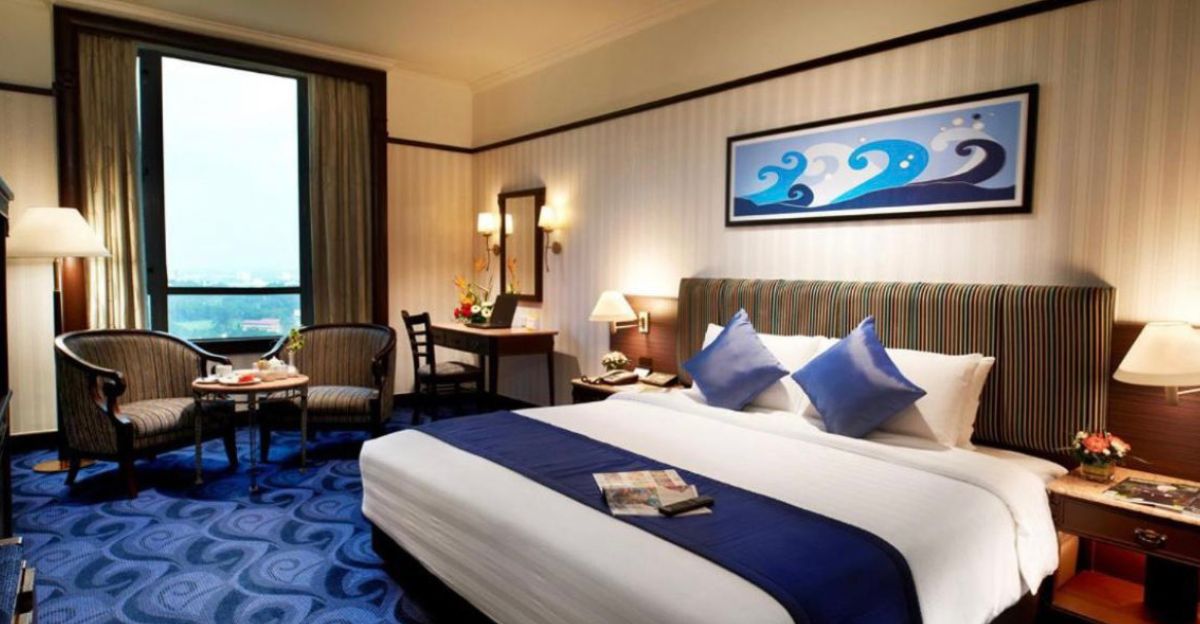
Among the biggest additions is a $500 annual credit for bookings through “The Edit by Chase Travel.” This new perk is designed to appeal to frequent travelers who regularly stay at upscale hotels and resorts. It’s a sizable incentive, but only for those who plan to use Chase’s platform to book accommodations.
Dining Becomes a Bigger Focus

Chase is also adding a $300 dining credit for meals booked through its Sapphire Reserve Exclusive Tables program.
The benefit targets cardholders who value restaurant experiences as much as travel. For some, this directly offsets the fee increase.
For others, the booking requirements may feel restrictive compared to more flexible dining credits offered elsewhere.
Reward Rates Expand
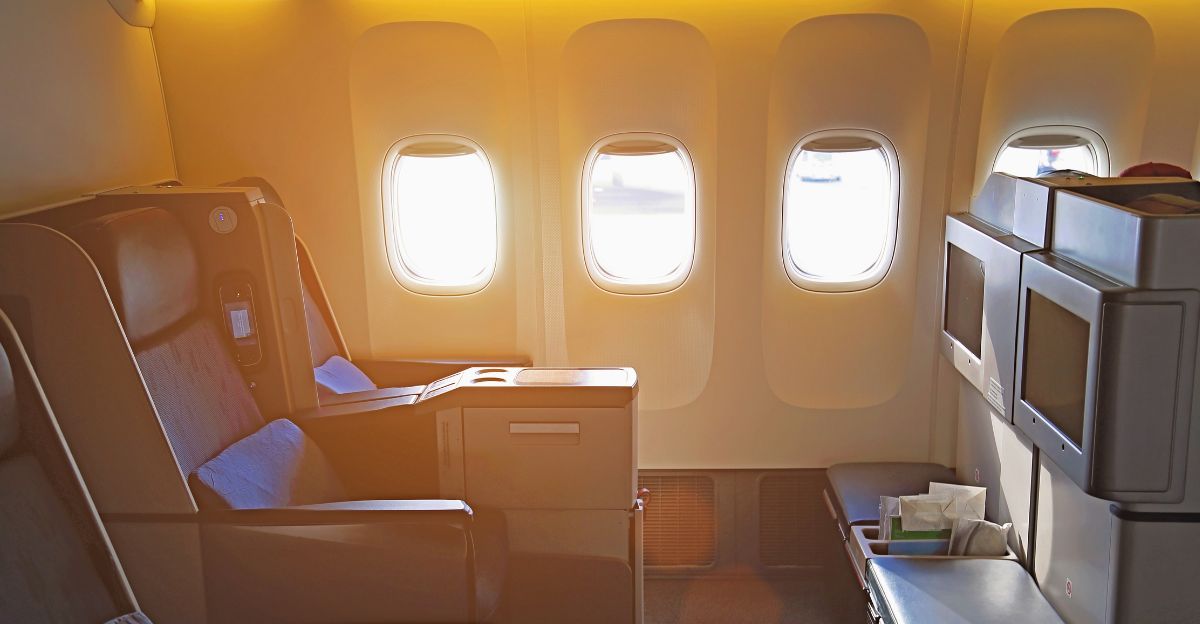
Cardholders will now earn 8× points on flights, hotels, and rental cars booked through Chase Travel, along with 4× on flights and hotels booked directly.
All other travel continues to earn 1×. These rates position the card strongly for those who maximize Chase’s travel portal, but less so for those who prefer booking outside it.
Legacy Points Get a Boost
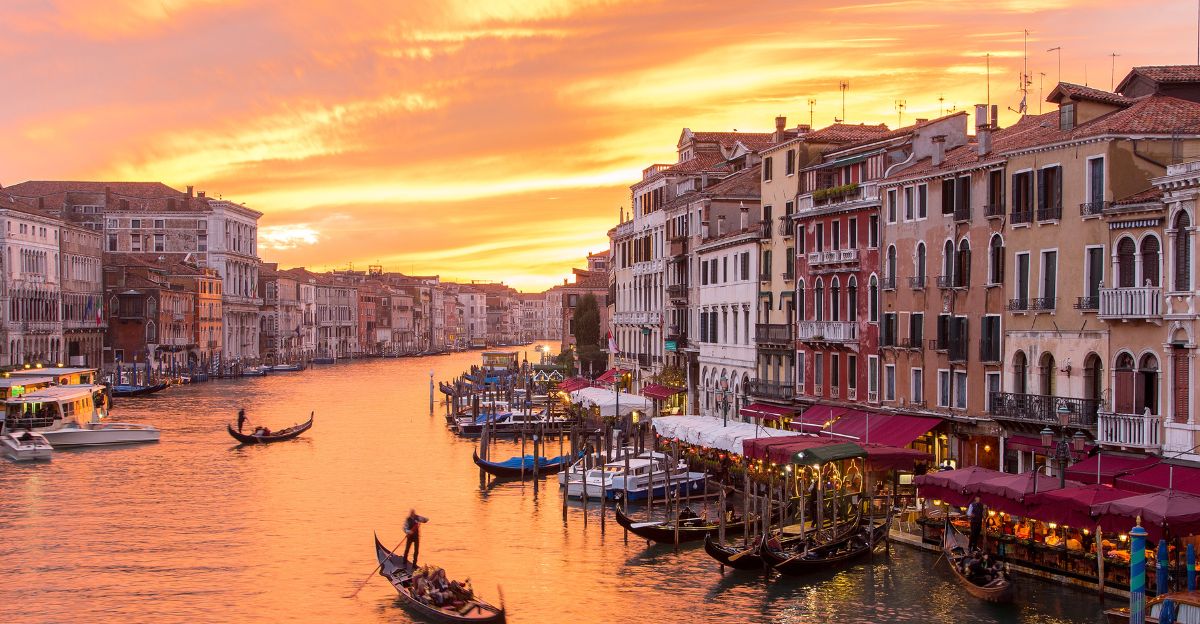
Through October 26, 2027, Chase will offer 1.5× value when redeeming points through its travel portal. This extension builds on one of the card’s signature features.
For users who already lean on point redemptions, this perk may add meaningful long-term value, especially when combined with the higher earning multipliers on travel spending.
Extra Entertainment and Lifestyle Credits

Chase is also layering in a variety of secondary benefits: $300 in StubHub or viagogo event credits, $300 in DoorDash value, $120 in DashPass membership, plus credits for Apple subscriptions, Peloton, and Lyft.
While attractive, some cardholders question whether these scattered perks justify the increased annual cost for those with different spending habits.
Elite Status Additions
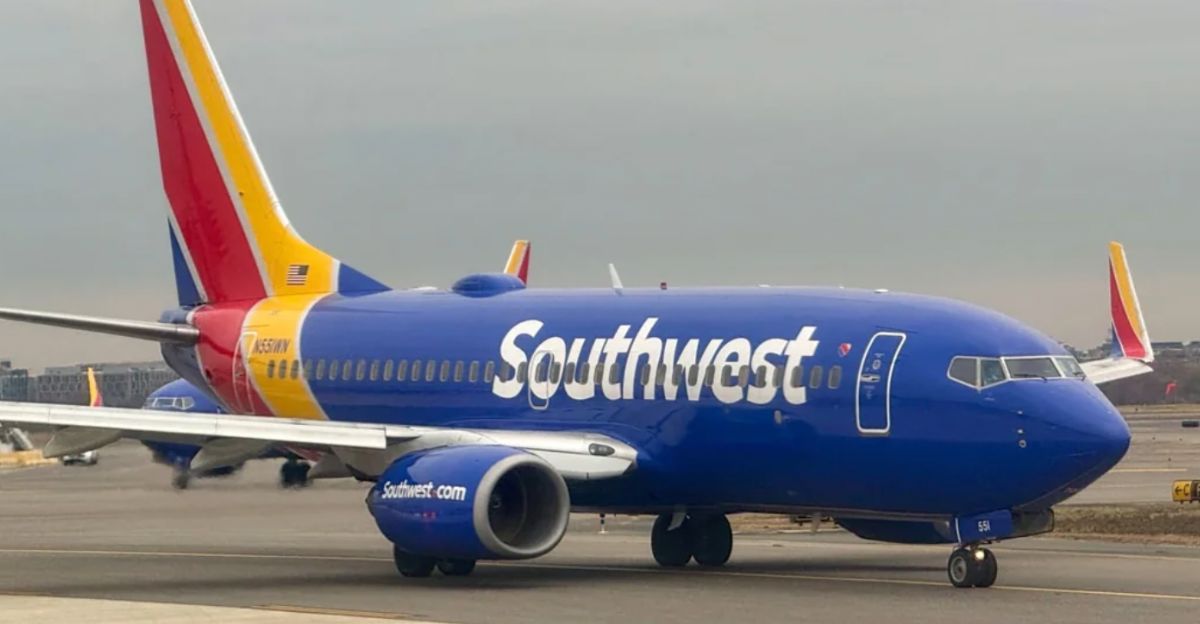
The card now comes with IHG One Rewards Platinum Elite status, with the possibility of upgrades to Diamond Elite for those spending $75,000 annually.
Chase is also offering Southwest Airlines benefits, including a $500 flight credit. These loyalty tie-ins are designed to keep high-spending travelers engaged, but only if they actively use these programs.
Authorized User Costs Double

The change affecting families may be just as important as the headline fee. Authorized user cards rise from $75 to $195 each.
That means a household adding two family members could pay nearly $500 more per year, not counting the primary cardholder’s fee. For many, this makes the card far less practical.
Comparing the Competition
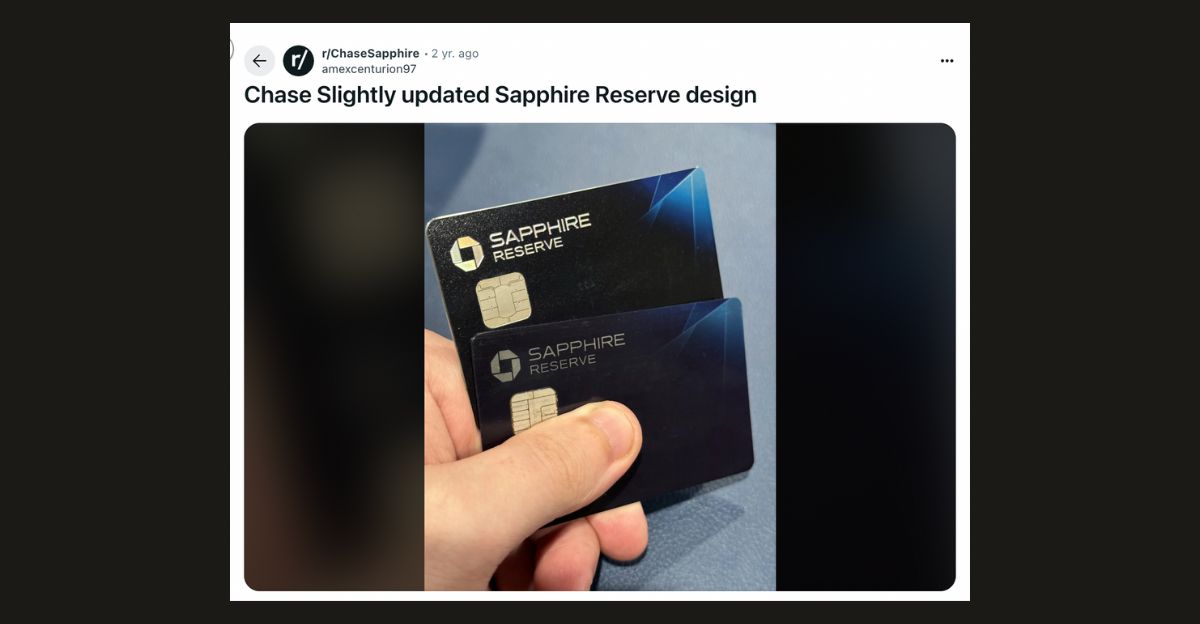
With its new fee, the Sapphire Reserve now stands among the most expensive premium cards available to everyday consumers. American Express Platinum is priced similarly but comes with different perks.
Competitors like Capital One Venture X remain cheaper, often with simplified rewards. Chase’s move may force cardholders to reassess where the best value lies.
The First Increase in Five Years
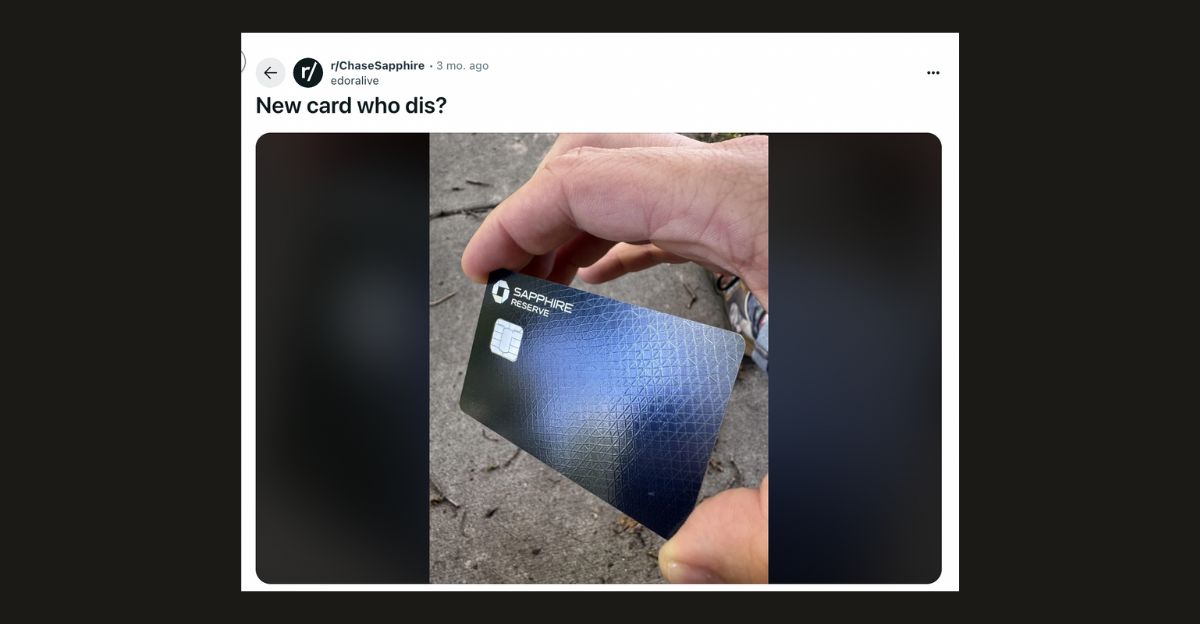
What makes this hike notable is the gap since the last one. Many cards gradually raise fees every few years. The Sapphire Reserve held steady since 2020, which gave cardholders a sense of security.
This sudden, large increase, combined with higher authorized user costs, feels like a sharp break from that history of stability.
Online Reactions

The backlash has been swift. Reddit threads and Facebook groups are filled with users announcing plans to cancel. Comments include, “In all seriousness, I’ll be out upon fee increase.”
Others say they will downgrade to cheaper Chase products like the Sapphire Preferred or Freedom Unlimited rather than absorb nearly $800 annually.
Chase’s Position

Despite the criticism, Chase insists the revamped perks outweigh the cost. In a statement, spokesperson Chris Reagan said, “Both cards offer incredible rewards and benefits.”
The bank is betting that frequent travelers and high spenders will recognize the long-term value, even if the short-term sticker shock drives away more casual users.
Who Wins, Who Loses

Frequent flyers, hotel loyalists, and those spending heavily through Chase’s travel portal stand to gain the most.
Casual users who don’t maximize redemptions or lifestyle credits may find the card no longer makes sense.
Families adding multiple users are hit hardest, while solo travelers who can use every benefit may still come out ahead.
A Strategic Decision for Cardholders
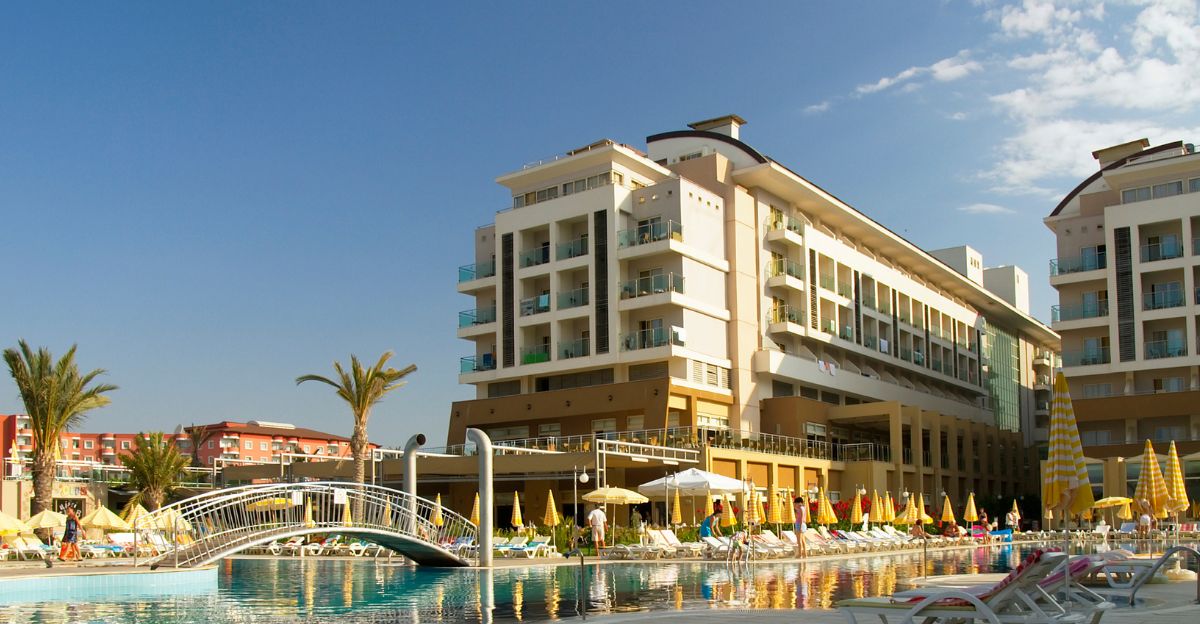
The new pricing is less about whether the card is “good” or “bad” and more about personal spending habits. Each cardholder must consider whether the added credits align with their lifestyle.
Those who don’t often book hotels or eat at restaurants through Chase may see the increase as paying for benefits they will never use.
The Bigger Picture
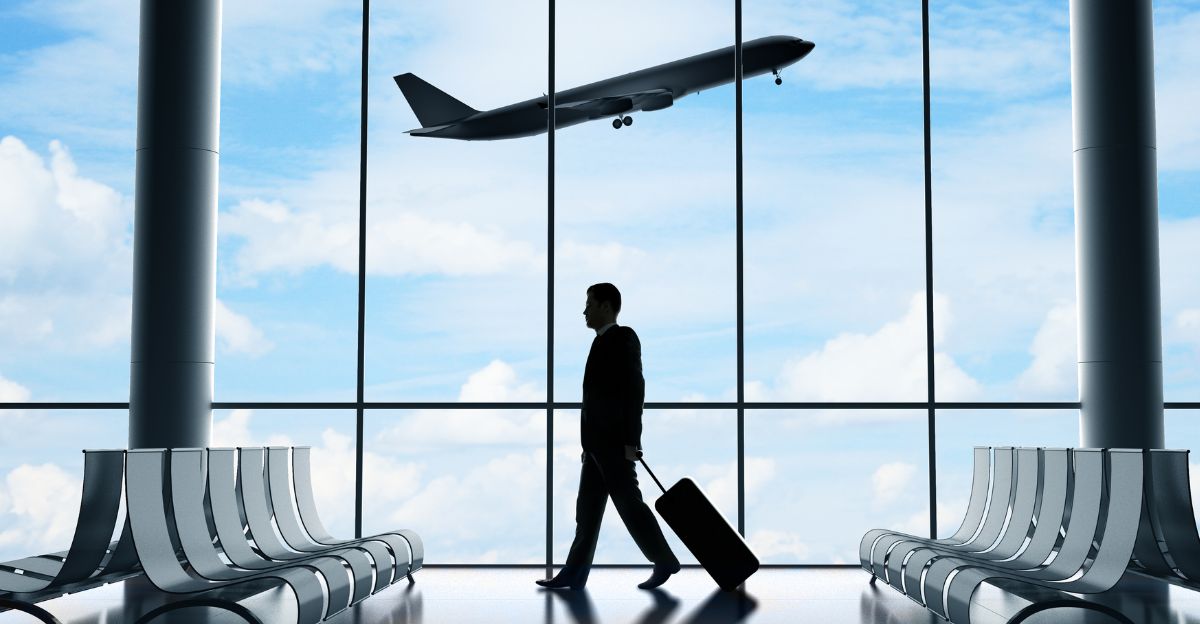
The Sapphire Reserve fee hike reflects a broader trend: banks are leaning into premium perks to keep top-spending customers engaged, even if it means losing some along the way.
For Chase, it’s a calculated gamble. For consumers, it’s a reminder to regularly reassess whether their card’s costs and benefits truly align with how they live.